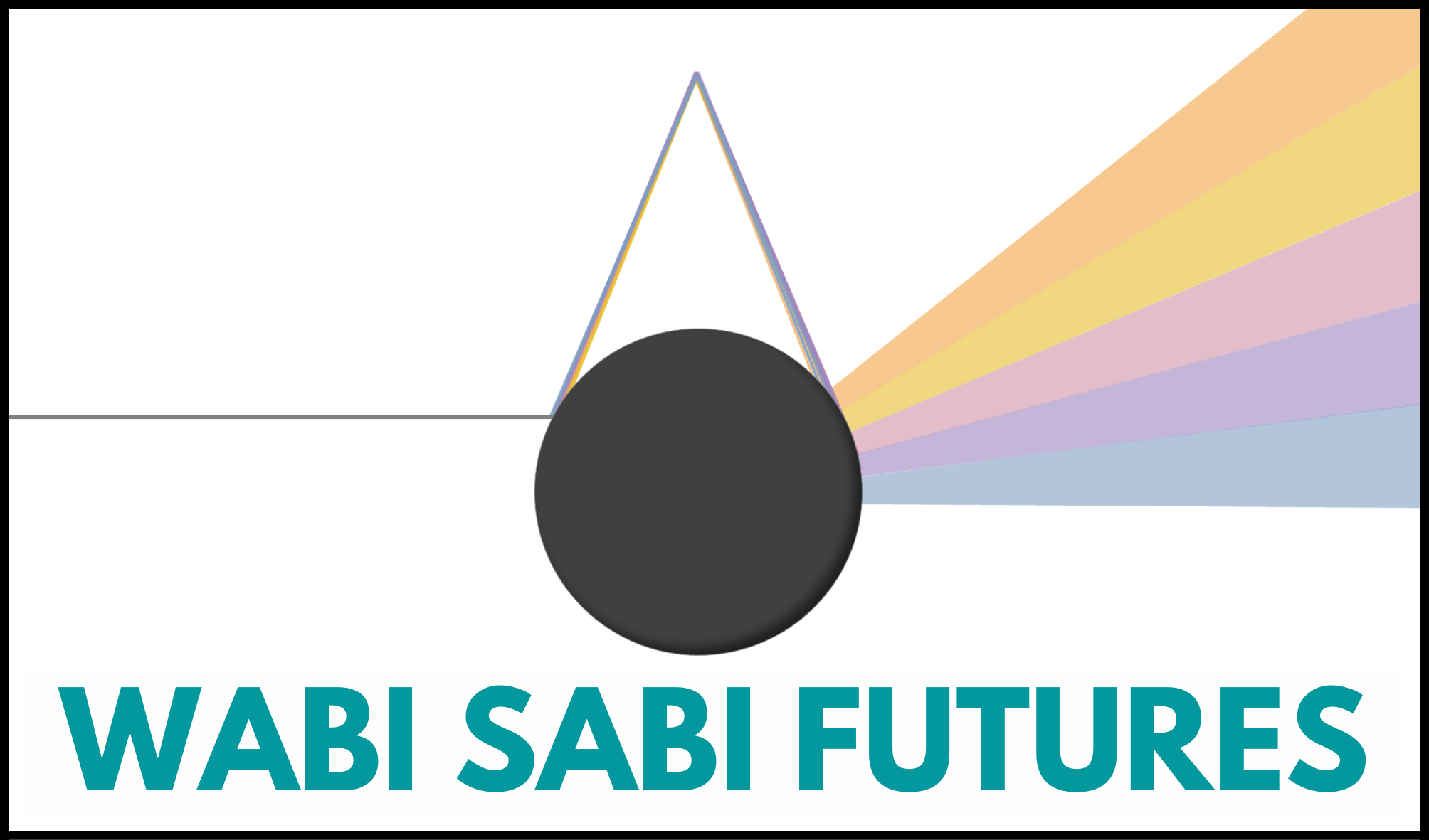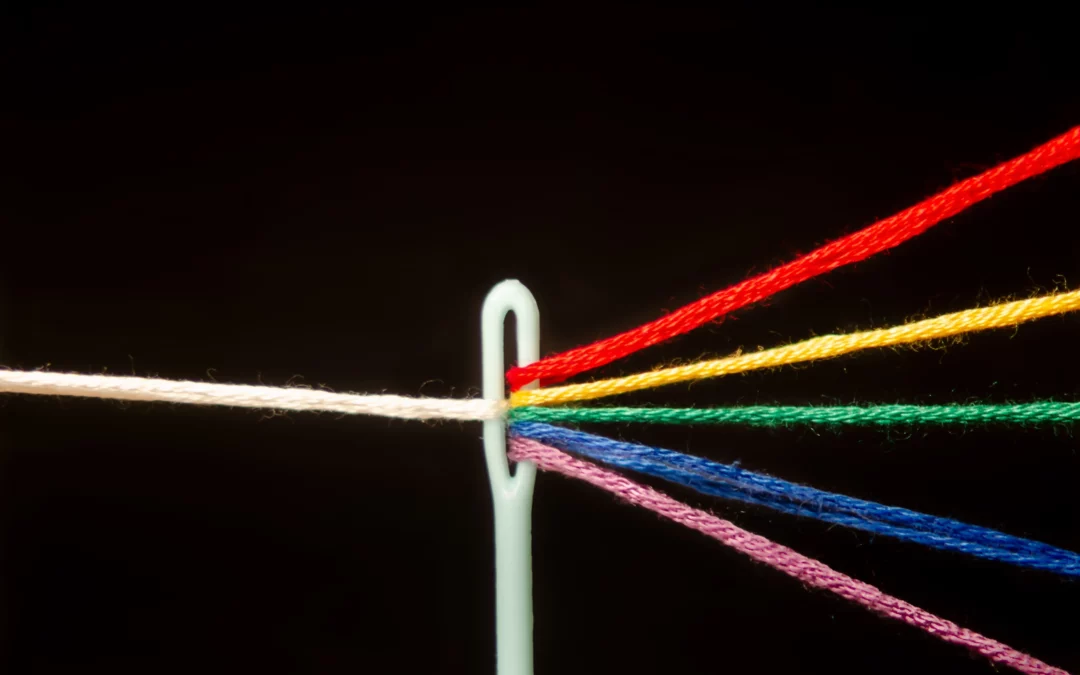Scenarios of potential futures are most interesting when they move beyond the utopia / dystopia binary, and describe futures that don’t feel good or bad. Instead, they feel… interesting.
Rather than paint a picture of a future we want or do not want, they spark new ideas and insights about what the future could become and our role in shaping it.
An effective way to do this is to look for emerging tensions we can sense in the present moment, and play these out to become more fully realised versions of those tensions writ large.
Tension has been on my mind lately. I am working with my hand more as my vision improves and I return to sewing and crochet, and I’ve just begun to learn pottery by throwing on the wheel.
As with most things, the key to working with tension is finding the balance.
Too much tension constrains.
Pull your fabric too tight, your stitching bunches up.
Hold your yarn too firmly, your crochet becomes tight and hard to work.
Maintain the tension as you bring your clay up, and you’ll take off the top.
To little, our form is poorly held.
Relax your fabric, and your stitching shifts around.
Loosen your yarn too much, your crochet looks become amorphous.
Hold your hands too gently, and you can’t direct the shape of your pot.
Healthy tension keeps things in place and in motion.
Finding the balance requires relinquishing some control as you sense what is there, what is needed, and find ways to work with it.
Letting tension guide the way
Tension shows up when things get interesting.
It is created by the friction when objects, perspectives, or ideas bump into one another.
Tension challenges us to sit with the discomfort of the disharmony of ideas that refuse to sit neatly side by side, and find creative ways to experience and work with both at once.
Forget either/or, this is both/and
The most interesting insights and expressions come from the tension inherent in dilemmas – positions that are in polar opposition, that are both true, and are both required:
- competition vs cooperation
- action vs reflection
- independence vs autonomy
- what is vs what ought to be
- subjective truth vs objective experience
- desire vs fear
- scientific rationalism vs intuitive experience
- the current system vs the emerging system
- those involved vs those affected.
Working creatively with tension
Consider these contrasting positions as hazards to either side.
You don’t want to stray too close to either, instead carefully navigate to steer between them. You chart a course that does not head towards either direction, yet is informed by both.
The other tool we have is time.
We can play with the tension of a dilemma with dynamism. We can shift our attention back and forth between perspectives, honoring what it offers while acknowledging it as part of a broader view.

